Likir Monastery : A Peaceful Retreat in the Heart of Ladakh
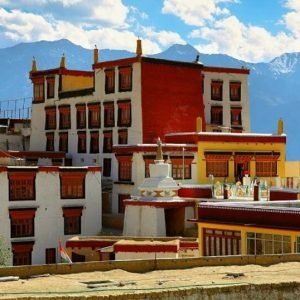
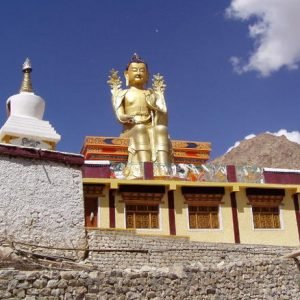
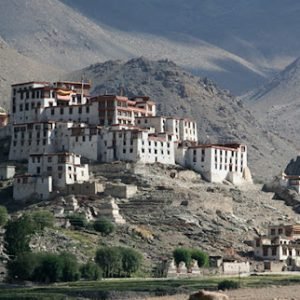
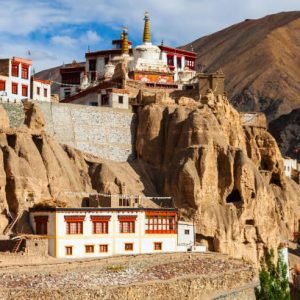
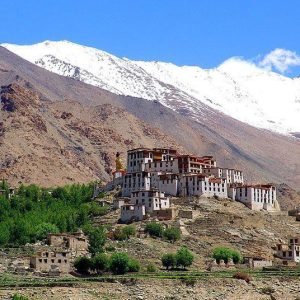
Table of Contents
ToggleIntroduction: The Captivating Likir Monastery
Likir Monastery lies among the picturesque landscapes of Ladakh, one of the most prominent and venerated Buddhist monasteries within this region. Located about 55 kilometers west of the capital city of Ladakh, Leh, Likir Monastery, also known as “Likir Gompa,” stands as a tribute to the rich spiritual heritage within this region. With its lovely location, rich history, and tranquil ambiance, Likir Monastery has attracted spiritual searchers, travelers, and adventure enthusiasts alike.
Let’s take you through the tour to Likir Monastery and delve into its history and everything surrounding this sacred place from unique architecture to spiritual values that define it. Here’s a post covering all about Likir Monastery.
Likir Monastery: History- From Origin to Sacred Ground
The roots of Likir Monastery date back to the 11th century when it was originally established by the great Tibetan Buddhist scholar and lama, Lama Nawang Chosje. According to legend, it was built on the instructions of the famous Tibetan king, Lhachen Gyalpo, who wanted to build a place of worship and learning to spread the teachings of Buddhism throughout the region.
Likir Monastery belongs to the Gelugpa sect of Tibetan Buddhism, which is marked by strict discipline and an emphasis on academic and philosophical learning. The name “Likir” translates to “the Naga’s ring,” referring to the ring-shaped formation of hills that surround the monastery. This is considered a sacred and auspicious sign in Buddhist tradition.
In the 16th century, Likir Monastery was re-established by the great Lama Tsultim Nima, who expanded the monastery and made it one of the most important centers of learning and meditation in the Ladakh region.
Today, Likir Monastery continues to be an important spiritual center that hosts many monks who follow the teachings of the Buddha and maintain the Tibetan Buddhist traditions. The monastery is also engaged in social and educational activities within the region.
Architecture and Unique Features of Likir Monastery
Likir Monastery is an excellent example of traditional Tibetan Buddhist architecture blended beautifully into the rugged Ladakh landscape. The monastery complex stands on a hilltop, presenting an overwhelming panorama of the Indus Valley and the surrounding snow-capped peaks.
The monastery is designed in a typical Tibetan style with whitewashed walls, intricately decorated prayer wheels, and colorful murals that depict scenes from the life of Buddha. The most striking feature of Likir Monastery is the massive statue of Maitreya Buddha (the Future Buddha), which stands at a height of about 25 feet. This imposing figure is a significant attraction for visitors, symbolizing hope and compassion for all living beings.
The other remarkable feature of Likir Monastery is its prayer hall, which is also called the “Dukhang”. This houses a collection of sacred texts, statues, and other artifacts. The murals in the prayer hall are decorated in vibrant colors, depicting the life and teachings of the Buddha. It is also used by monks for prayers, rituals, and meditation.
There are two major sections: lower and upper gompas; the lower gompa is where the visitor might view daily rituals, but the monastic community lives in upper gompa. It exists at a higher elevation-a wonderful place to enjoy a splendid view of the landscape below.
Spiritual Significance: Place of Meditation and Enlightenment
Likir Monastery is not only an architectural marvel but also a center of spiritual practice. For centuries, it has served as a place where monks meditate, study Buddhist philosophy, and engage in religious rituals. The monastery’s serene environment and quiet surroundings provide the perfect setting for spiritual introspection.
At Likir Monastery, teaching encompasses the core tenets of Buddhism, such as Four Noble Truths, Eightfold Path, and practicing compassion, mindfulness, and meditation. Often, visitors feel and appreciate the peacefulness and quiet atmosphere that would draw an individual to inner reflection to better connect with the deeper side of their spiritual self.
Monks in Likir Monastery constantly hold rites and ceremonies honoring the doctrine and the different bodhisattvas. Amongst these events, the annual festivals of this monastery are highly recognized: the celebration of prayers, music, dances, and deific offerings. Among these popular festivals is the “Chham Dance” celebrated at the Likir Monastery to commemorate the Hemis Festival, which falls during each summer season, attended by crowds from all parts of the globe.
Visiting Likir Monastery: Expectations for Travelers
For those who come to Ladakh, Likir Monastery serves as an excellent refuge from the din of modern times. The roads leading to the monastery wind through landscape that transforms gradually, from desert-like conditions into lush valleys flanked on either side by towering peaks.
Visitors can opt to walk or ride through the monastery in jeeps. The road from Leh to Likir Monastery winds through beautiful villages, revealing the traditional Ladakhi way of life. Scattered along the way are smaller monasteries, ancient stupas, and other cultural landmarks that offer insight into Ladakh’s strong spiritual heritage.
Once you find Likir Monastery, you are free to walk through the courtyards of this great place, admire the detail of murals and the presence of prayer wheels. It has become a tradition among most of its visitors to spin the wheels, believing that the practice spreads peace and goodwill around. You can also get local handicrafts near this monastery, such as Ladakhi prayer flags, Thangkas, Buddhist paintings, and jewelry.
For those seeking a more immersive experience, the Likir Monastery offers opportunities for spiritual seekers to attend meditation sessions or stay in the monastery for a short period of time. This allows the possibility of being in closer contact with the spiritual practices and teachings of Tibetan Buddhism.
Cultural and Enviroanmental Importance
Apart from its religious importance, Likir Monastery also has a vital role in preserving the cultural heritage of Ladakh. It is a repository for ancient manuscripts, thangkas, and other artifacts passed down through generations. The monastery is also instrumental in educating the youth of the region, providing them with religious and academic education.
The environment around Likir Monastery is also of equal importance. The monastery is located in the Indus Valley region, surrounded by the Himalayas and the Karakoram Range, providing an ecosystem rich in biodiversity. There are various species of wildlife in the area, including rare birds such as the Himalayan griffon vulture and the Ladakh urial, a wild sheep.
There has been a rising trend in the recent past of conserving the natural environment surrounding Likir Monastery. These include efforts to conserve the sensitive ecosystem, reduce plastic waste, and promote sustainable tourism practices. Likir Monastery and other monasteries in the region are increasingly involved in environmental awareness campaigns, emphasizing how nature and spirituality are interlinked.
Conclusion: The Timeless Spirit of Likir Monastery
Likir Monastery is much more than a sacred site; it is a peaceful abode, a place of learning, and the preservation of culture. This monastery stands for Ladakh’s rich Buddhist heritage and offers visitors a once-in-a-lifetime opportunity to experience the region’s spiritual and natural beauty. Be it for the spiritual, history-conscious traveler, or the lover of nature, Likir Monastery has something for everybody.
Likir Monastery is a place where the peaceful atmosphere, beautiful architecture, and deep spiritual significance continue to inspire all who visit. It is a place where time slows down, allowing visitors to reconnect with their inner selves and reflect on the teachings of the Buddha. Likir Monastery truly encapsulates the essence of Ladakh: a land where spirituality, culture, and nature come together in perfect harmony.
FAQ's
1. What is Likir Monastery?
Likir Monastery, also known as Likir Gompa, is a Buddhist monastery located in Ladakh, India. It belongs to the Gelugpa sect of Tibetan Buddhism and is one of the oldest and most revered monasteries in the region. Established in the 11th century, it is known for its stunning architecture and spiritual significance.
2. Where is Likir Monastery located?
Likir Monastery is located in the Ladakh region of northern India, approximately 55 kilometers west of Leh, the capital of Ladakh. It is situated in the Indus Valley, surrounded by scenic mountain ranges.
3. What is the history of Likir Monastery?
Likir Monastery was founded in the 11th century by Lama Nawang Chosje. It was later re-established in the 16th century by Lama Tsultim Nima. The monastery has played a crucial role in spreading Tibetan Buddhism and preserving cultural traditions in the Ladakh region.
4. What are the key attractions of Likir Monastery?
Key attractions of Likir Monastery include the giant Maitreya Buddha statue, which stands at 25 feet, the intricate murals depicting the life of Buddha, the prayer hall (Dukhang), and the peaceful atmosphere ideal for meditation and reflection.
5. How can I reach Likir Monastery from Leh?
Likir Monastery can be reached from Leh by car or jeep, taking a scenic drive along the Leh-Kargil Road. It is approximately a 1-2 hour drive from Leh. Visitors can also opt for guided tours to explore the monastery and the surrounding area.
6. What is the Maitreya Buddha statue at Likir Monastery?
The Maitreya Buddha statue at Likir Monastery is a significant feature of the monastery. Standing at 25 feet, it symbolizes the Future Buddha and is a symbol of hope, compassion, and enlightenment. The statue attracts visitors from around the world.
7. What is the significance of the prayer wheels at Likir Monastery?
The prayer wheels at Likir Monastery are important religious objects. Spinning the prayer wheels while walking around the monastery is believed to spread peace and goodwill. The act of spinning is also thought to accumulate merit and purify negative karma.
8. What festivals are celebrated at Likir Monastery?
One of the major festivals at Likir Monastery is the Hemis Festival, celebrated in honor of Guru Padmasambhava. During this festival, traditional Chham dances and religious ceremonies take place. Visitors can witness these vibrant celebrations, which are a blend of spirituality and Ladakhi culture.
9. Can tourists visit Likir Monastery?
Yes, tourists can visit Likir Monastery. It is open to visitors year-round, and they are welcome to explore the monastery, learn about its history, and participate in prayer rituals. Visitors can also stay nearby and enjoy the serene surroundings.
10. Is there a place to stay near Likir Monastery?
While Likir Monastery does not offer accommodation, there are several guesthouses, hotels, and homestays in the nearby villages and Leh. Staying in Leh provides convenient access to Likir Monastery and other nearby attractions.
11. What is the architecture of Likir Monastery like?
The architecture of Likir Monastery follows the traditional Tibetan Buddhist design, with whitewashed walls, intricately decorated prayer wheels, and vibrant murals depicting scenes from Buddha’s life. The monastery’s most striking feature is the massive Maitreya Buddha statue, which stands tall and can be seen from a distance.
12. Why is Likir Monastery important in Tibetan Buddhism?
Likir Monastery is significant in Tibetan Buddhism for its spiritual teachings and contributions to preserving Buddhist traditions in Ladakh. It is home to a monastic community that practices Buddhist rituals, meditation, and philosophical studies, making it an important center for Tibetan Buddhism in the region.
13. Can I attend a meditation session at Likir Monastery?
Yes, Likir Monastery offers opportunities for meditation and spiritual practice. Visitors interested in meditation may participate in sessions led by the resident monks. Staying at the monastery for a few days can also provide an immersive experience in Buddhist meditation.
14. What is the best time to visit Likir Monastery?
The best time to visit Likir Monastery is during the summer months, from May to September, when the weather is mild and the roads are accessible. However, the monastery can be visited year-round, especially for those interested in winter landscapes and fewer tourists.
15. How does Likir Monastery contribute to the local community?
Likir Monastery plays an essential role in the local community by providing religious education and preserving cultural practices. The monastery also engages in social initiatives, such as educating young monks and promoting environmental awareness in the region.
How to book Tours for Ladakh with Charzan Holidays?
For a seamless and exceptional booking experience, contact Charzan Holidays at reservations@charzan.in or call us at +919622224473


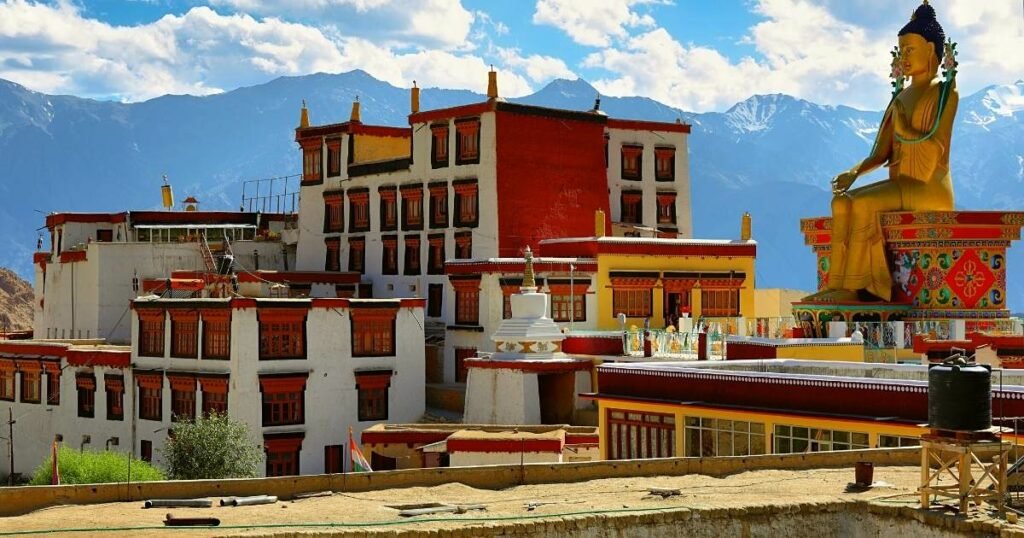
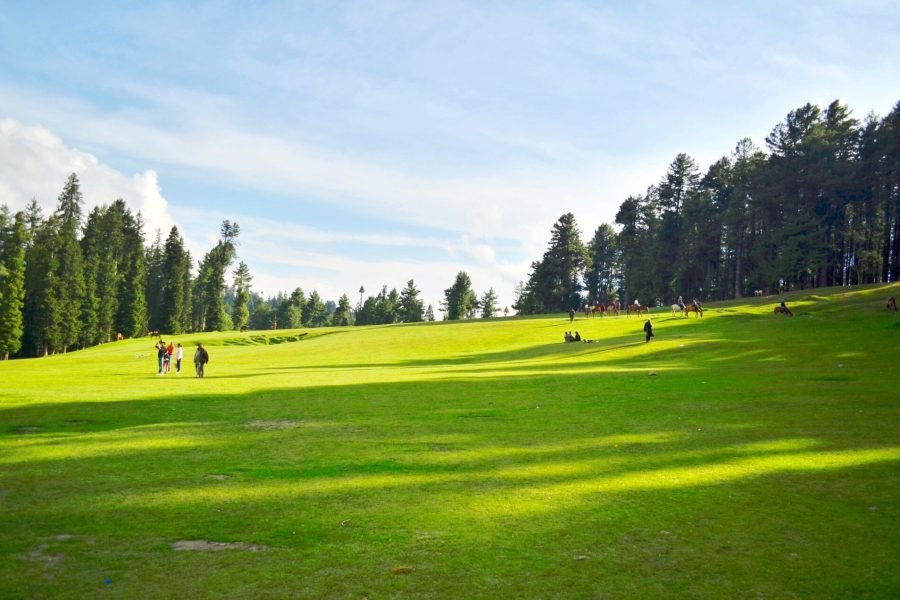
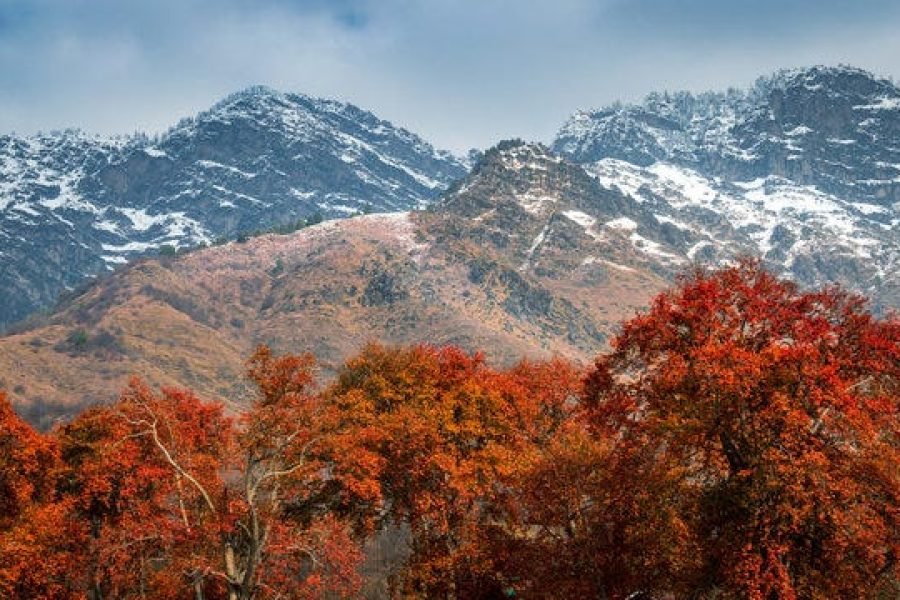
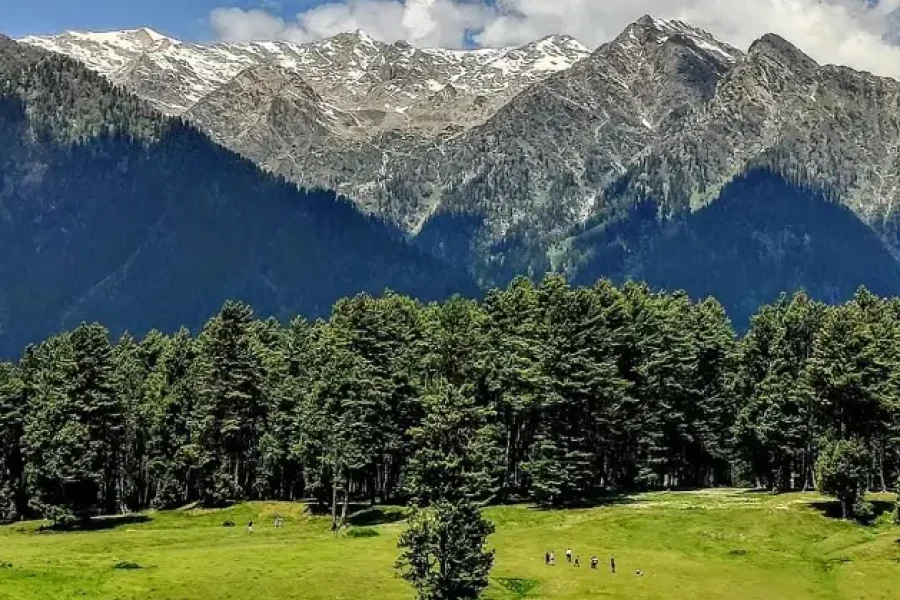
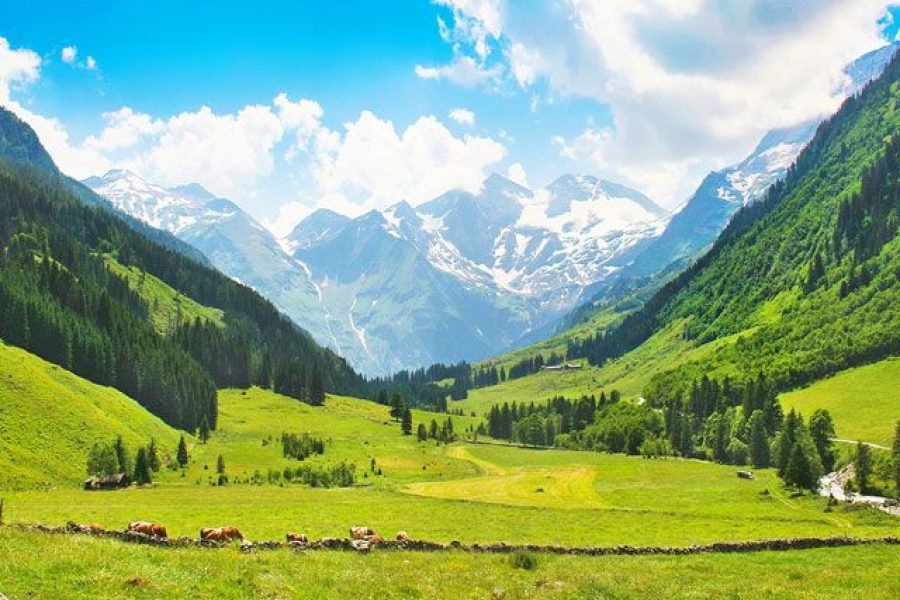
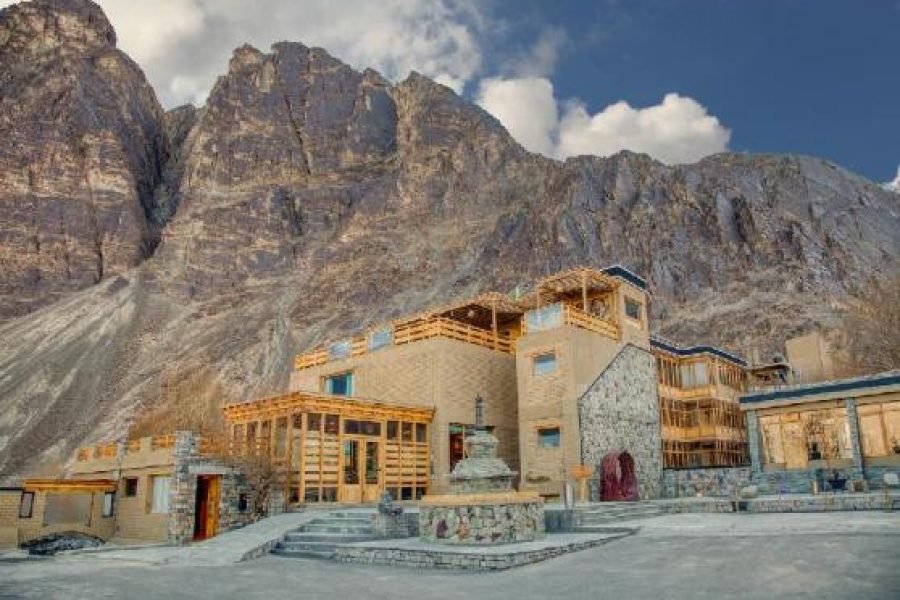
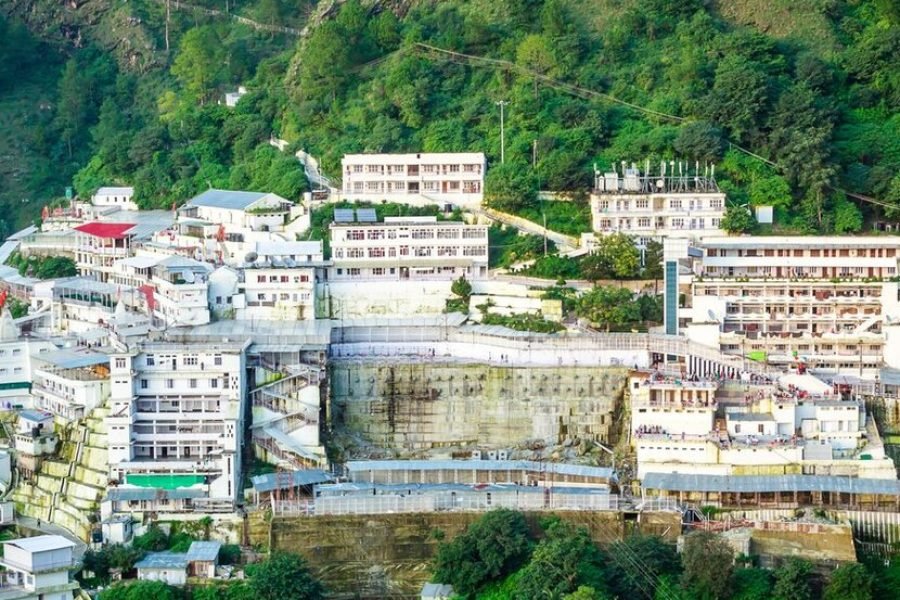
0 Comment